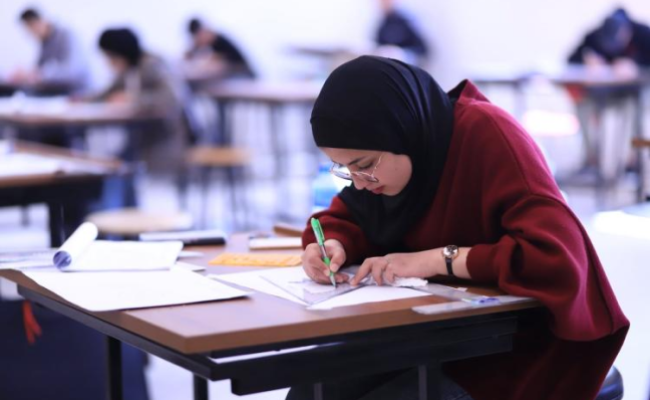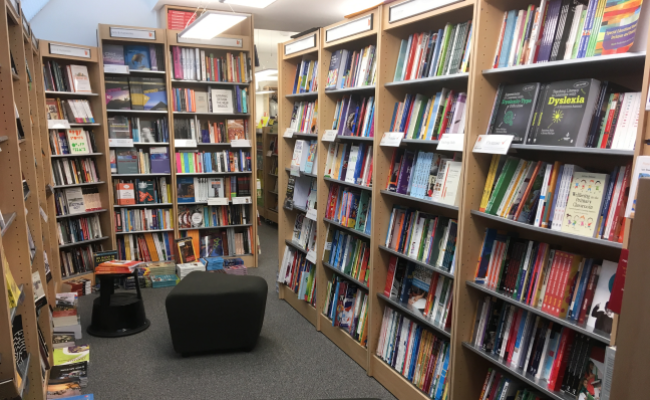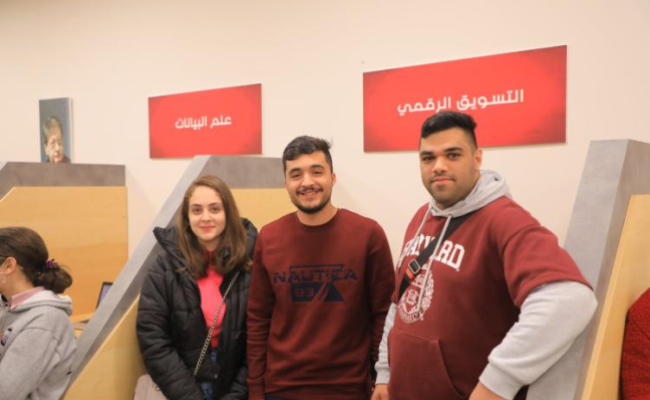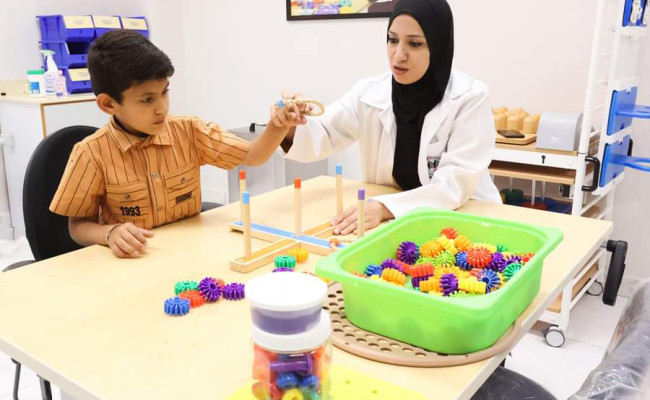Purpose – This paper aims to explore the lived experience of people with a chronic non-healing wound and to explore what it means to live with a chronic wound.
Design/methodology/approach – A descriptive phenomenological study design was adopted to explore the living experience of person with chronic wound. A sample of 15 individuals of both genders
was selected using a purposive sampling technique. To collect data, in-depth interviews were conducted, and all the interviews were audio-taped and transcribed verbatim. Data were analysed using
the seven-step process described by Colaizzi (1978).
Findings – The findings were organized into 6 themes clusters and 12 themes. The six themes clusters were limiting mobility; receiving care; explaining causes of wounds; contending with chronic illnesses;
adapting andmal-adapting; and economic burden of the wound.
Research limitations/implications – Chronic wound had a profound impact on participants’ lives by affecting their activities of daily living, their mobility, their income and their personal relationships.
Originality/value – Understanding the lived experiences of people with chronic wounds is crucial for health-care providers, including nurses. Investigating the chronic wound experience has become even more pressing given the projected increase in the number of elderly individuals and those with chronic illnesses such as diabetes mellitus. In Jordan, for example, the prevalence of diabetes mellitus is 17.1%, and it is projected to increase by 2050.
Authors
Asem Abdalrahim
Abdullah Alkhawaldeh
Mohammed ALBashtawy
Khitam Mohammad
Rasmieh Al-Amer
Omar Al Omari
Ahmad Ayed
Tariq Al-Dwaikat
Islam Oweidat
Haitham Khatatbeh
Mahmoud Alsaraireh
Sa’ad ALbashtawy and Khloud Al Dameery
Pages From
161
Pages To
169
ISSN
1366-3666
Journal Name
WORKING WITH OLDER PEOPLE
Volume
28
Issue
2
Keywords
Phenomenology, Experience, Chronic wound, Theme
Abstract






